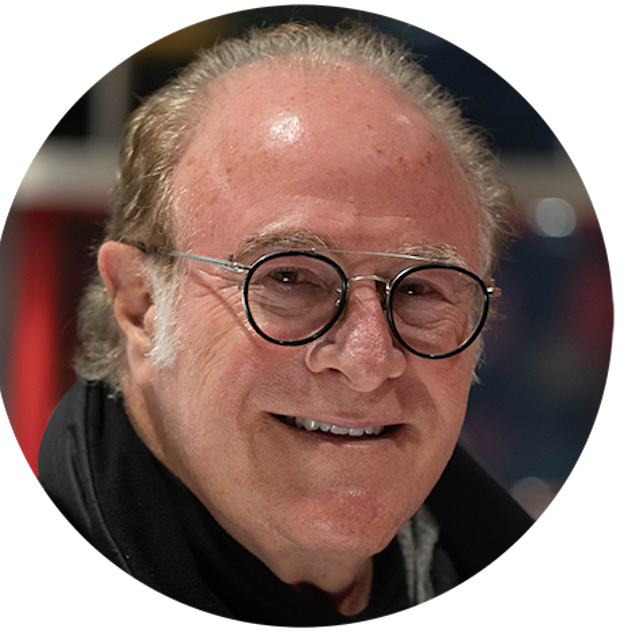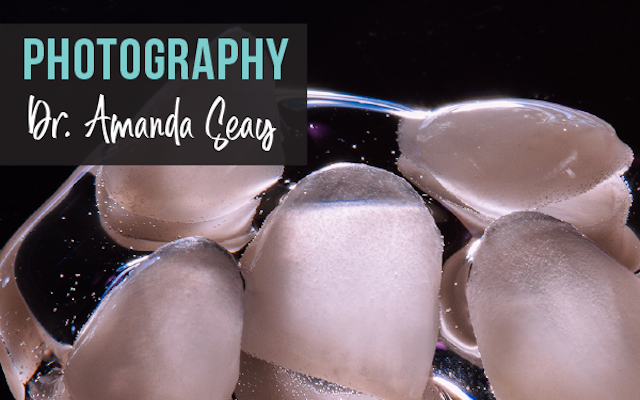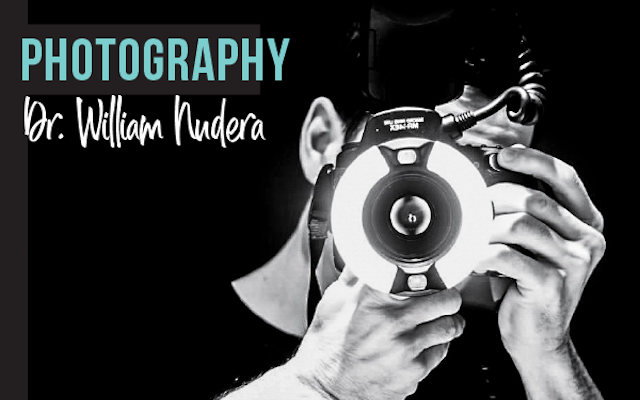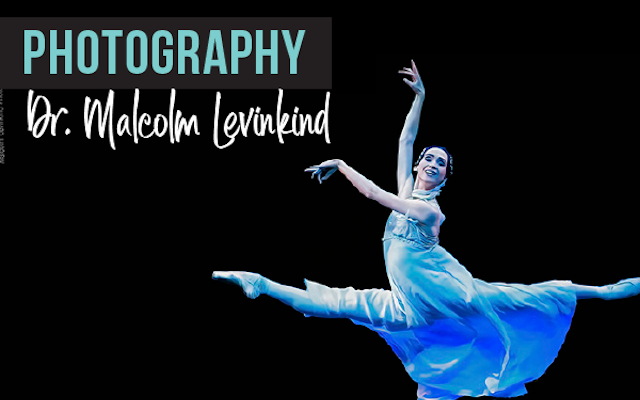I started with the Leica Q, then my first big purchase was a Leica SL2. I’d look at these cameras with a wow type of feeling then one day, I decided I’m going to get this camera.
For some, art is a hobby. For others, it’s a career. For Dr. Kenneth Malament, it’s a means of connecting his professional career and his favorite avocation. Malament, who began taking photographs as a junior in high school, says his love of photography has provided him a tangible connection to the past. His passion for the still image, which provides “a sense of history in [his] world” has allowed him to “review points in my life I wanted to always believe and always remember,” Malament explains.
Malament says that his art and his career as a dentist came to a surprising intersection when he was in graduate school. “Specialty students learned to do photography…We were obsessed with taking the best photograph and demonstrate our patients’ care,” While Malament says that he’s continued documenting all of his patients’ work in the intervening decades—a measure that’s enabled him to more closely follow their progress—his photography has expanded well beyond the scope of dental work. “I use photography as a means to communicate,” he says.
Malament, who cites Don Huntstein as one of his favorite photographers and studies the books of Thorsten Overgaard “almost every day,” says that the Leica SL2S camera he typically shoots with these days has really informed his process.
“I started with the Leica Q, then my first big purchase was a Leica SL2. I’d look at these cameras with a wow type of feeling then one day, I decided I’m going to get this camera,” When Leica released its SL2S camera in December 2020, “that radically changed my shooting experience,” says Malament. “I can take pictures I never could take before without a flash.”
Malament says that today, he typically shoots without a tripod, and frequently relies on a 35-mm lens to capture his images. “I’m very focused on light. Light makes a very big difference. With the SL2S, I can shoot much more freely than I was able to before.”
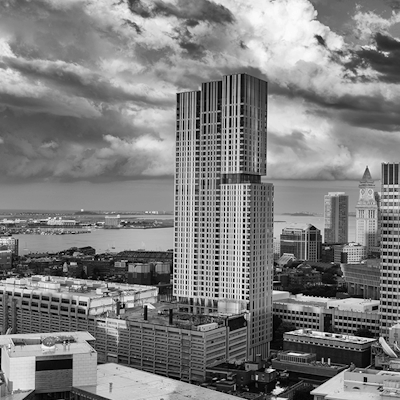

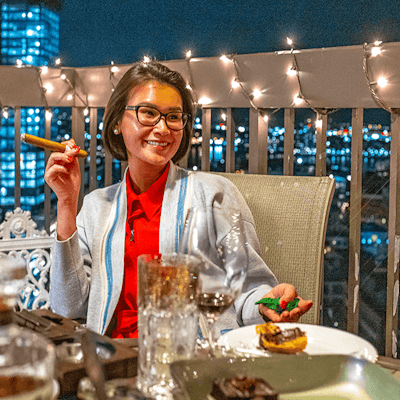
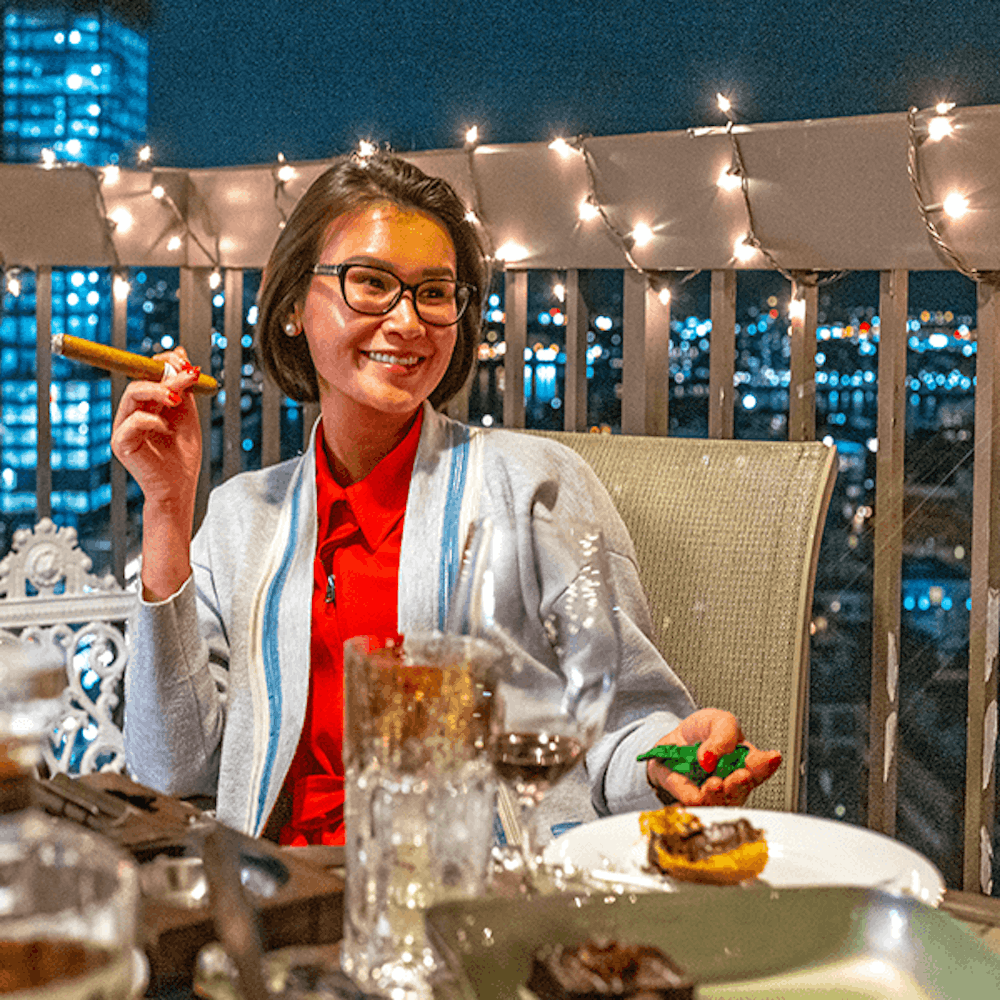
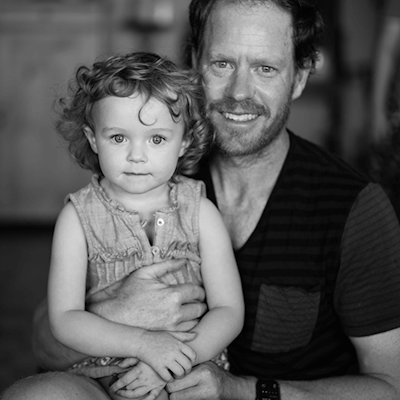
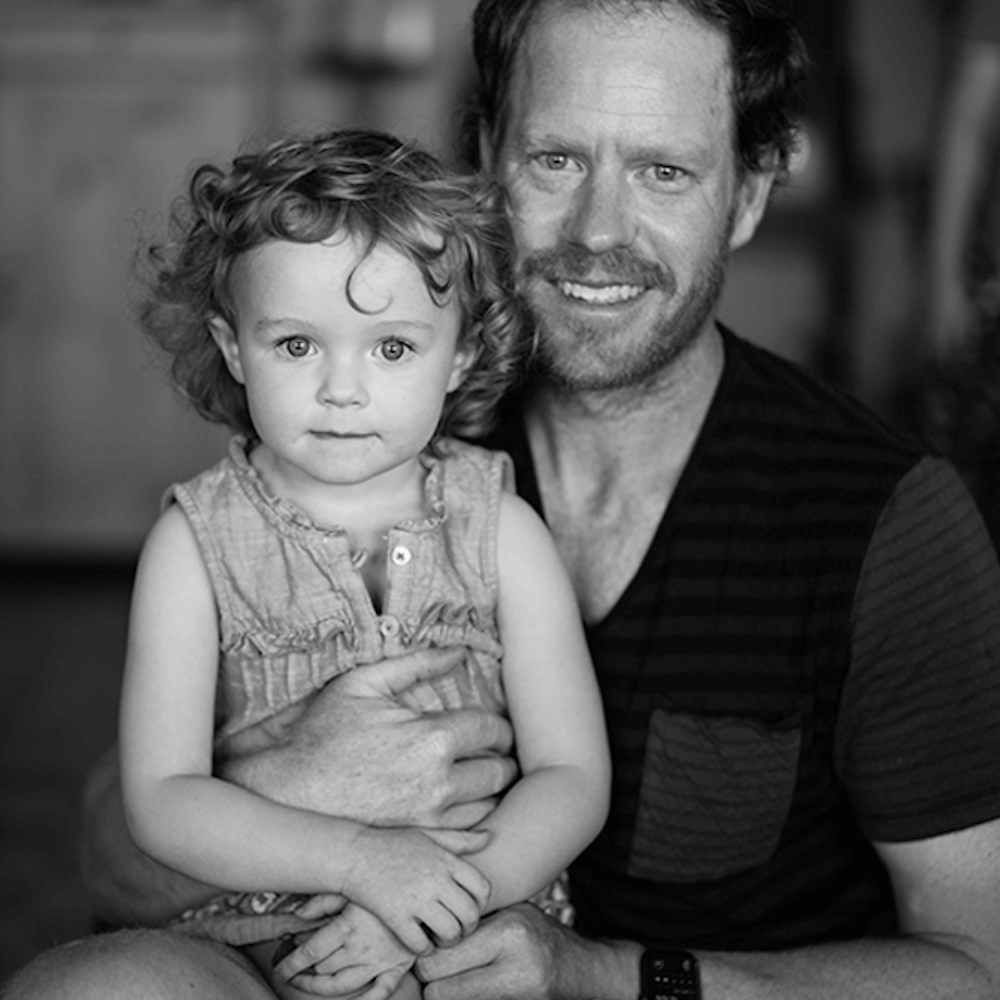


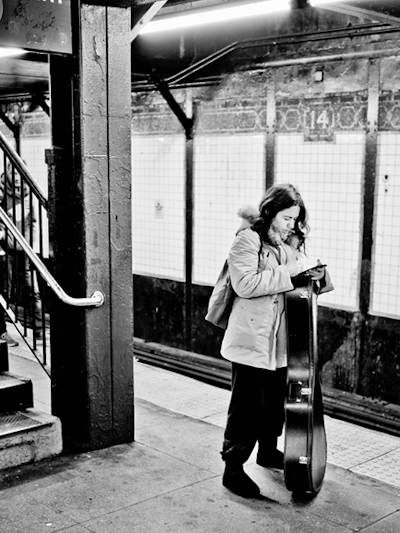
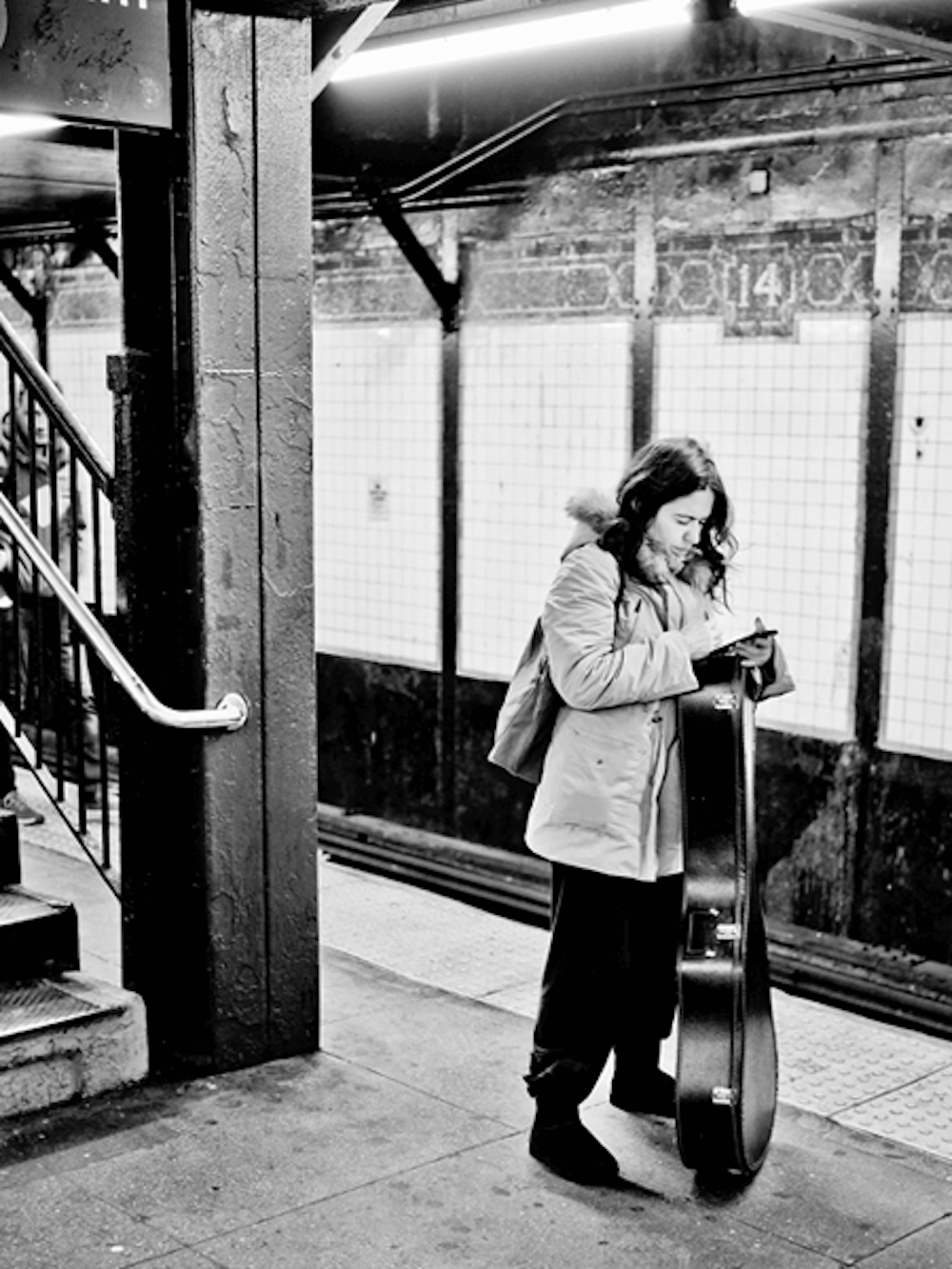
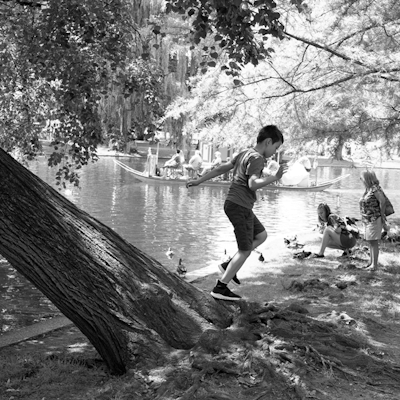
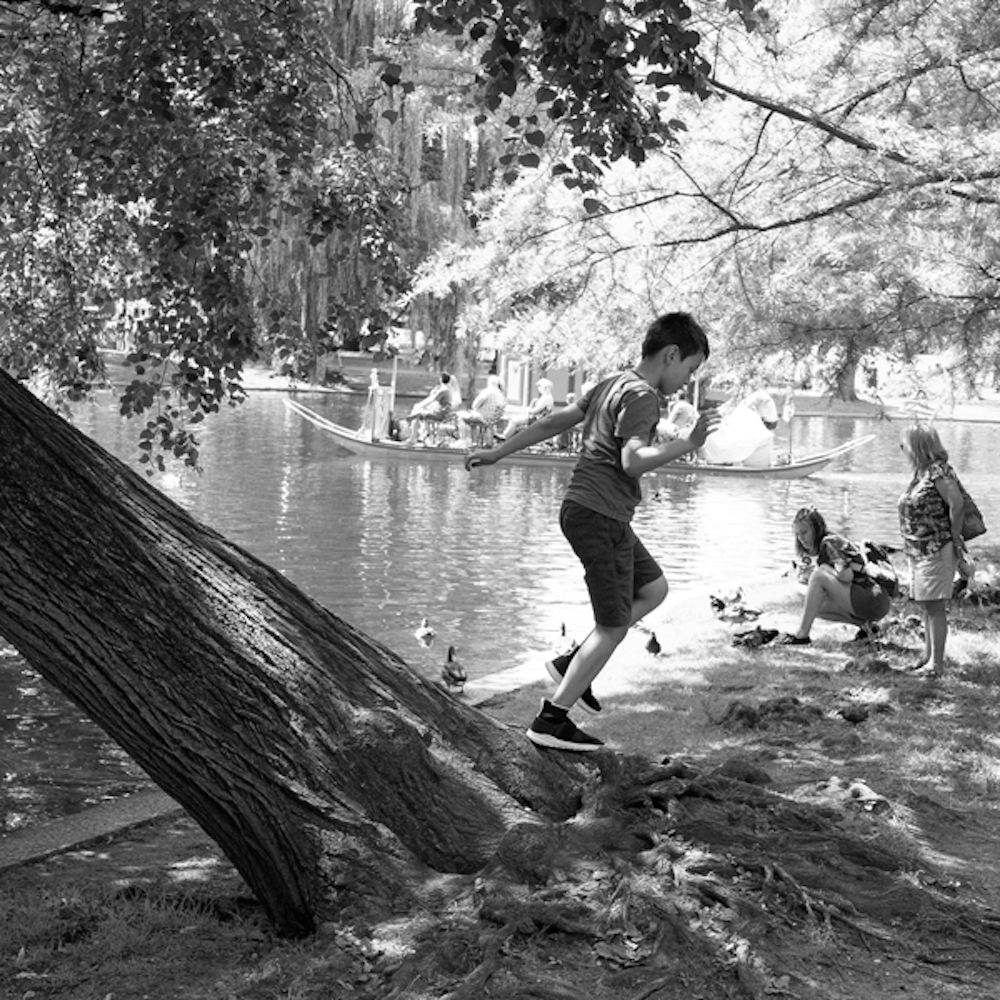


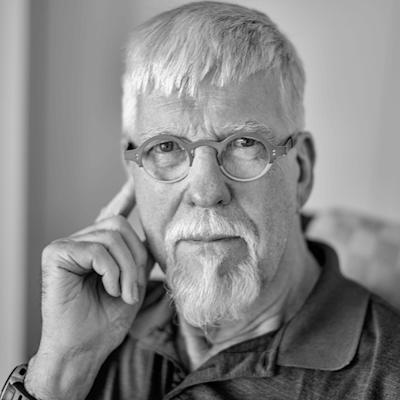
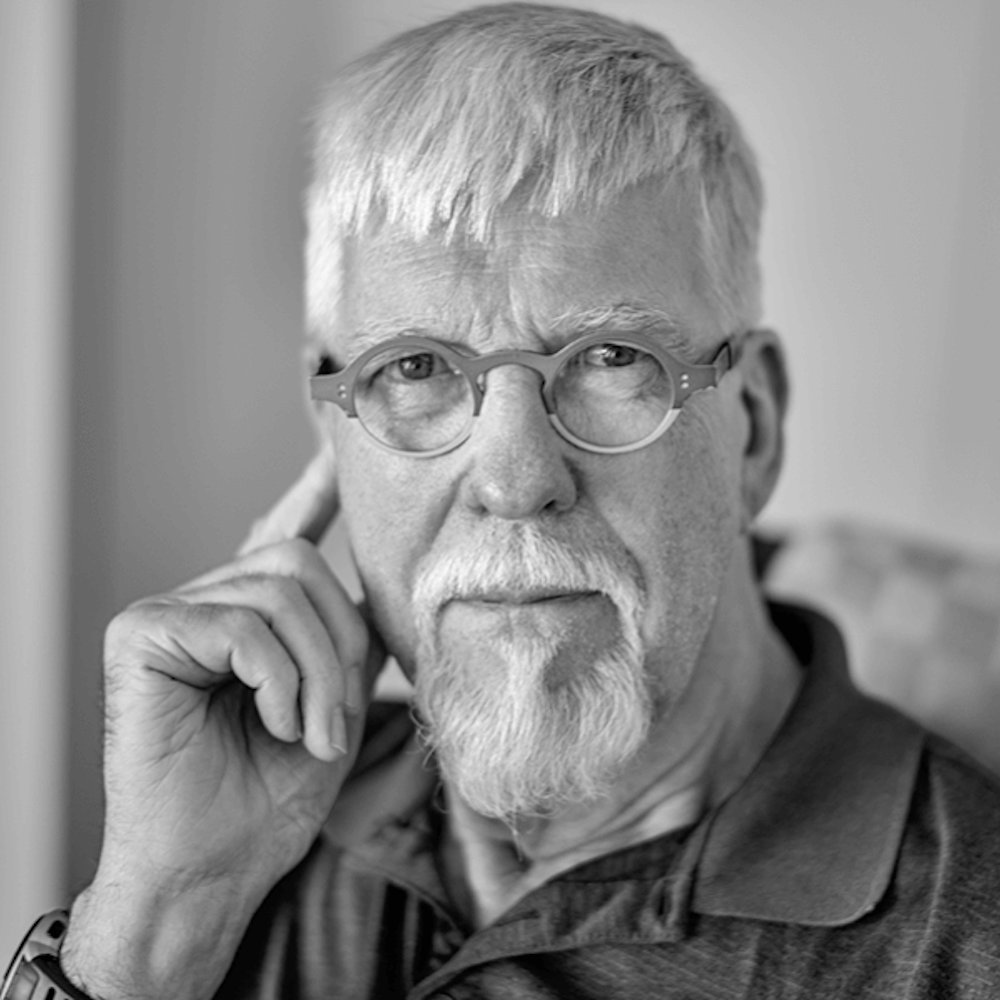
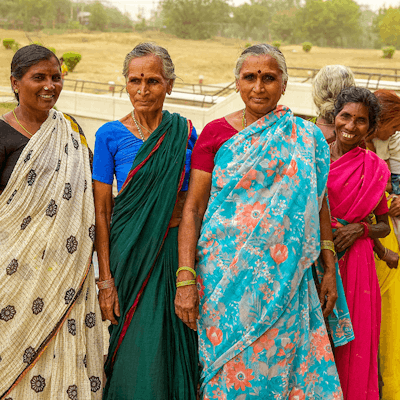
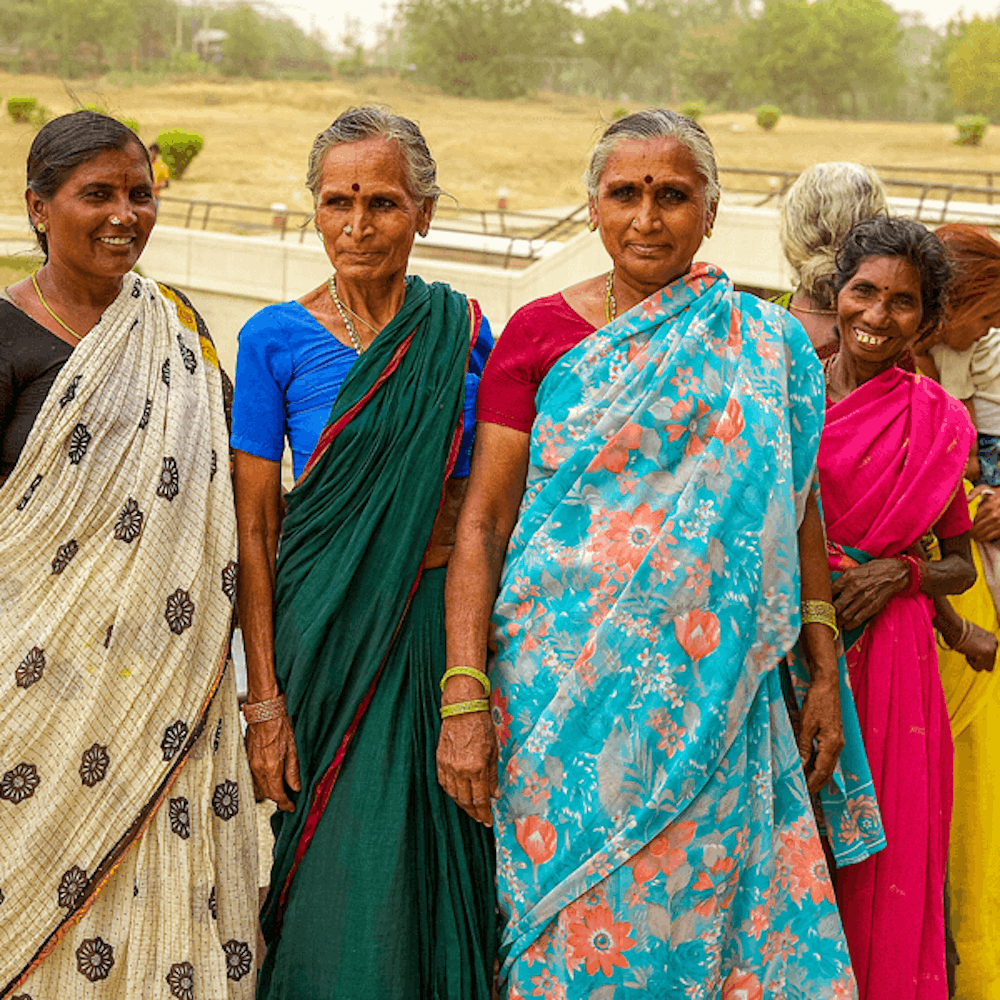
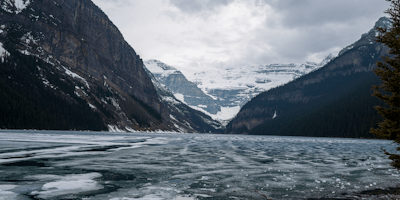
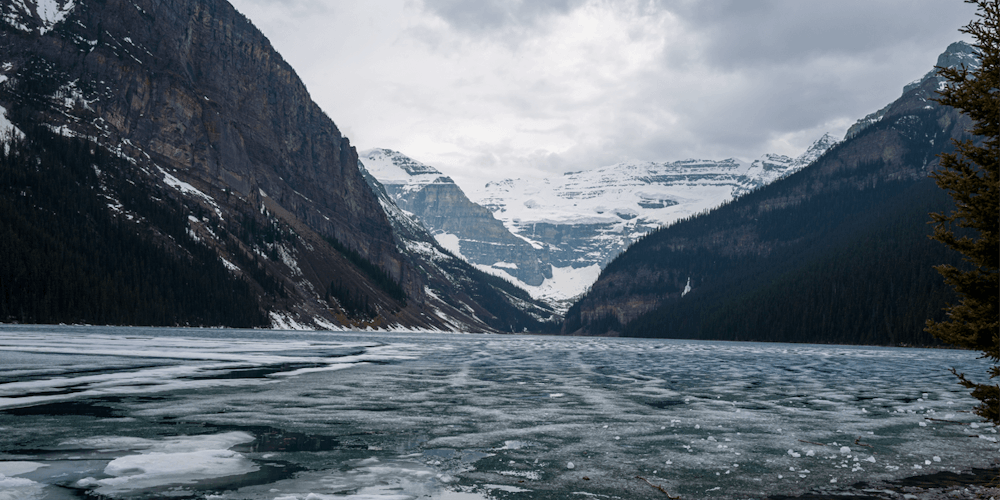
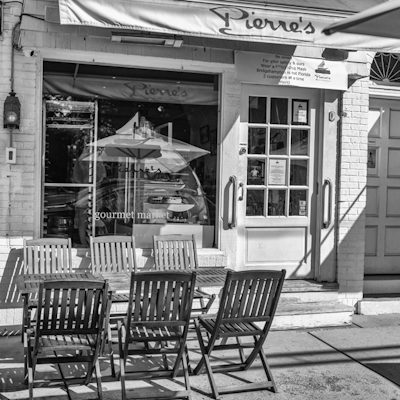
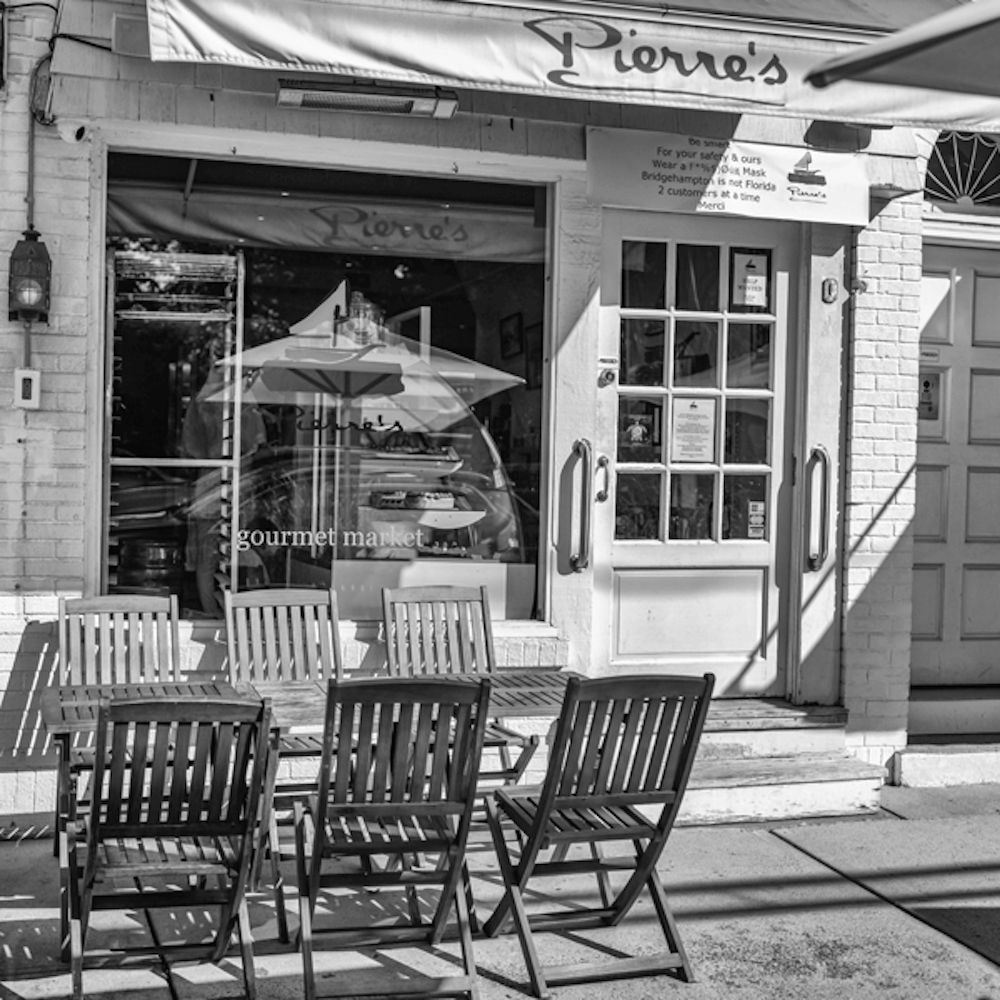
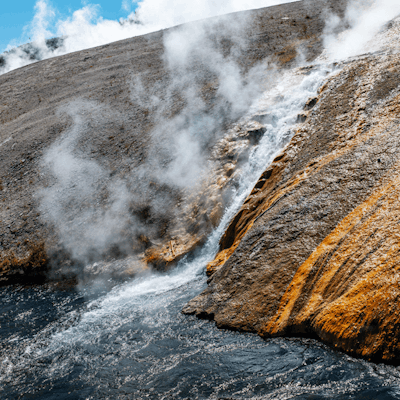
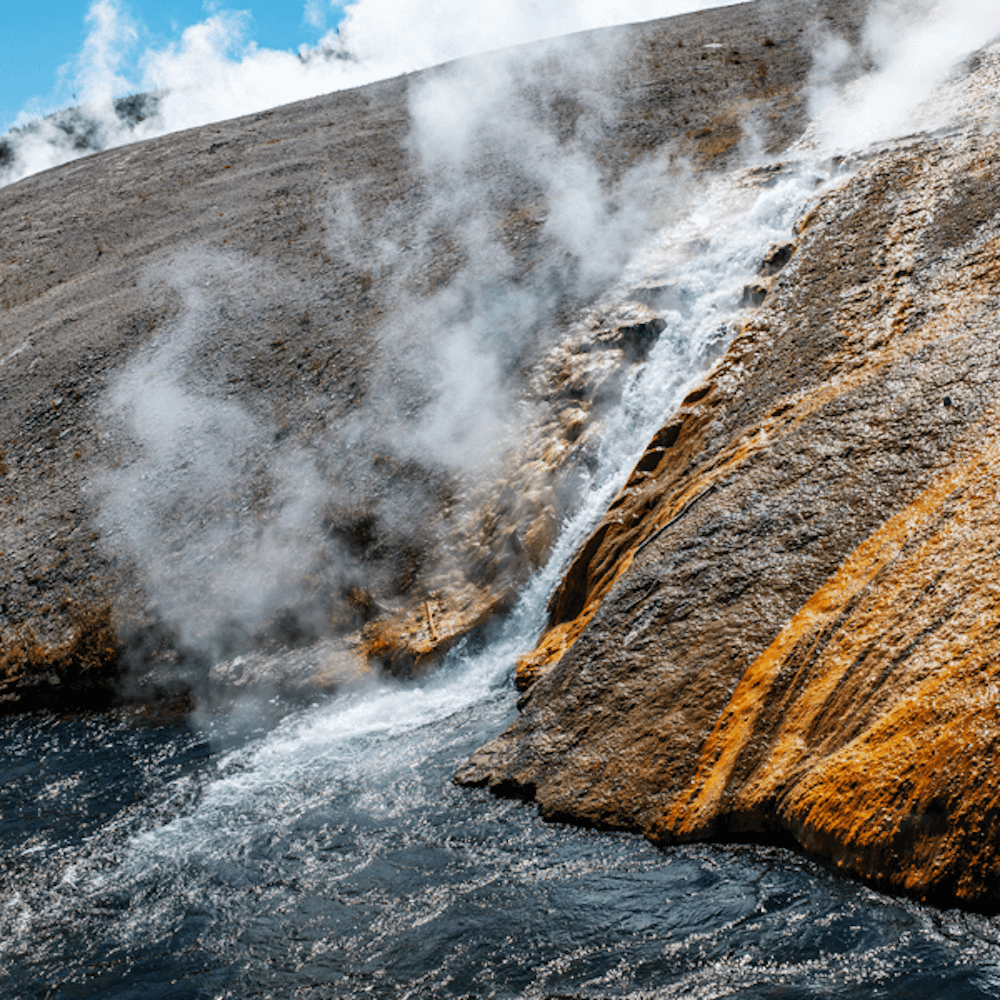
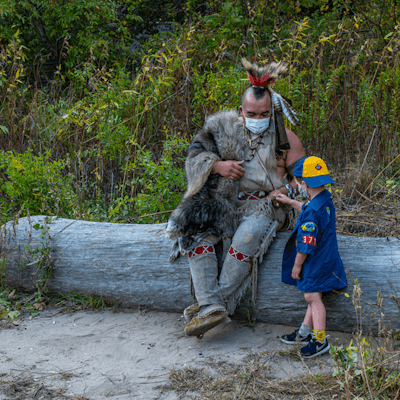
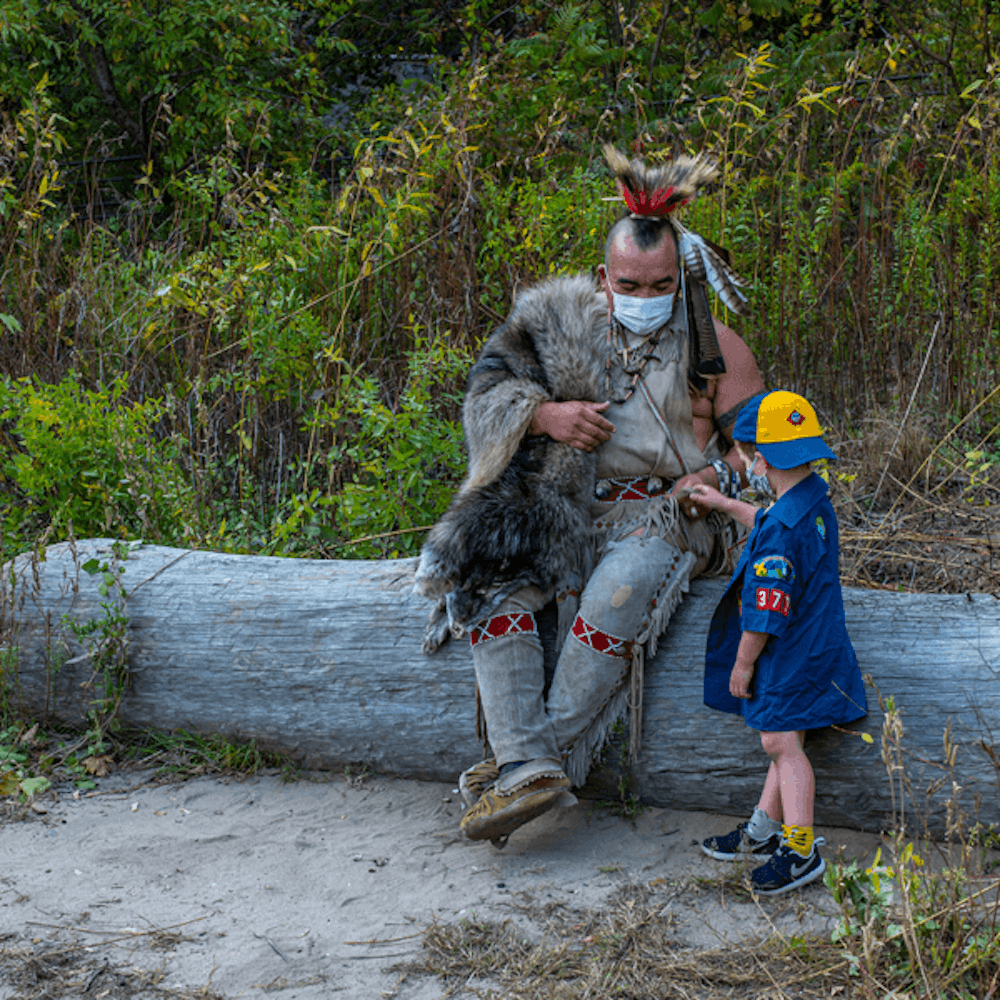
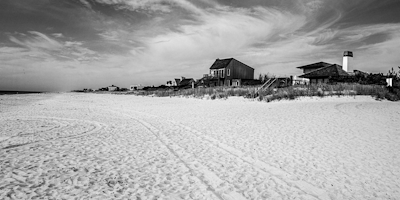
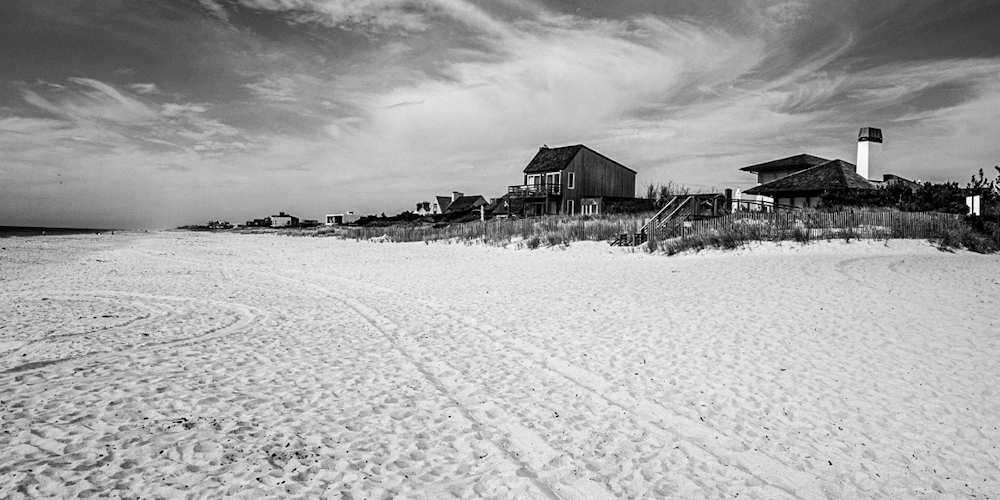
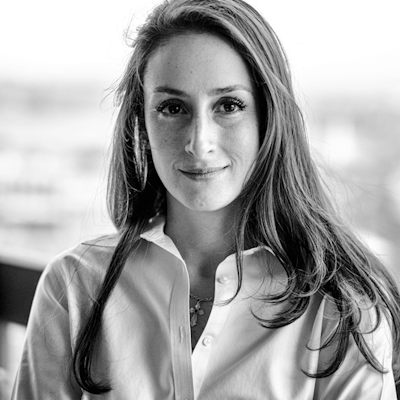

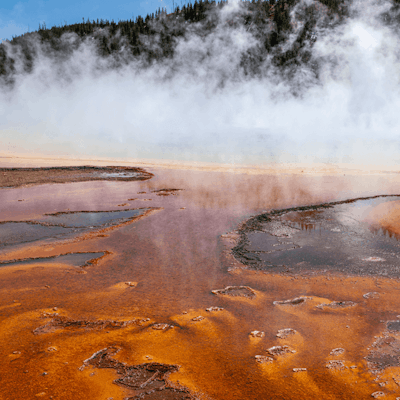
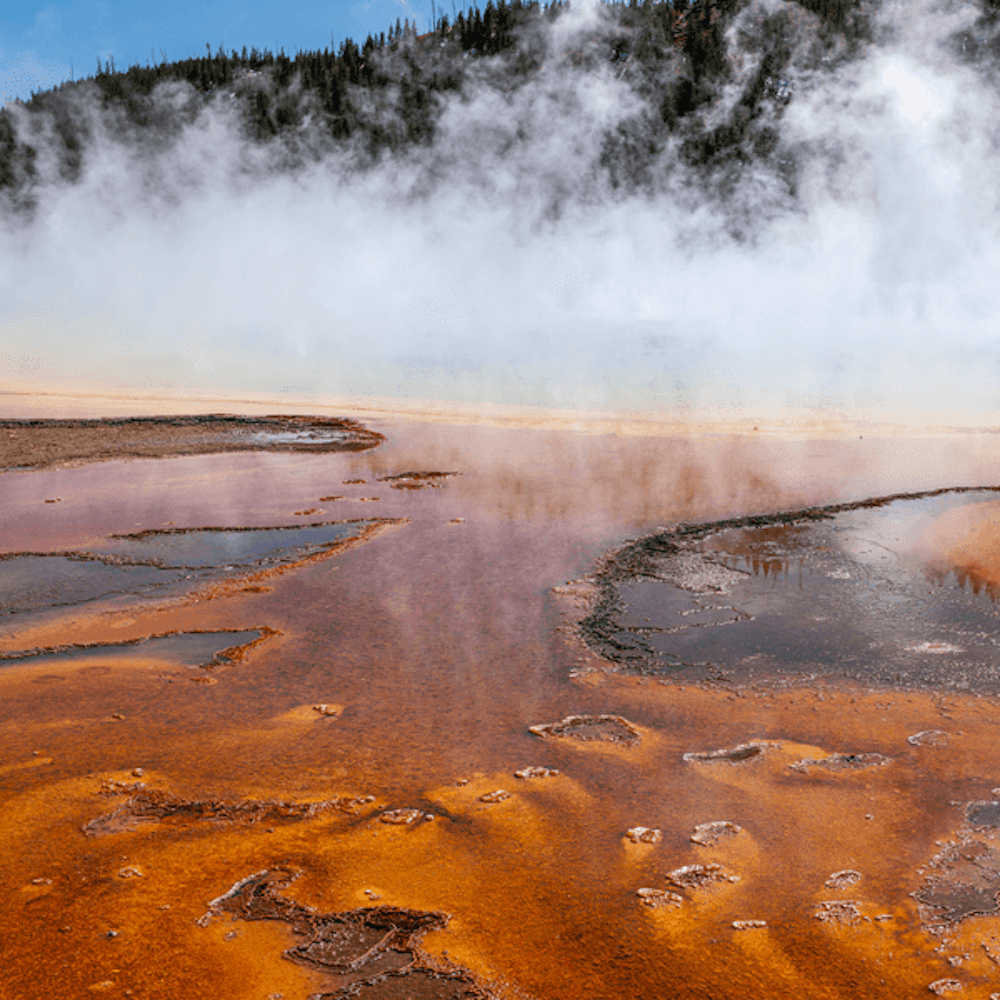
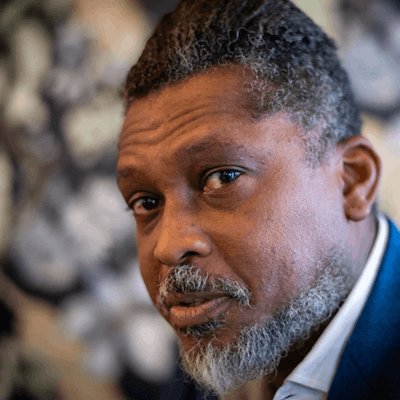
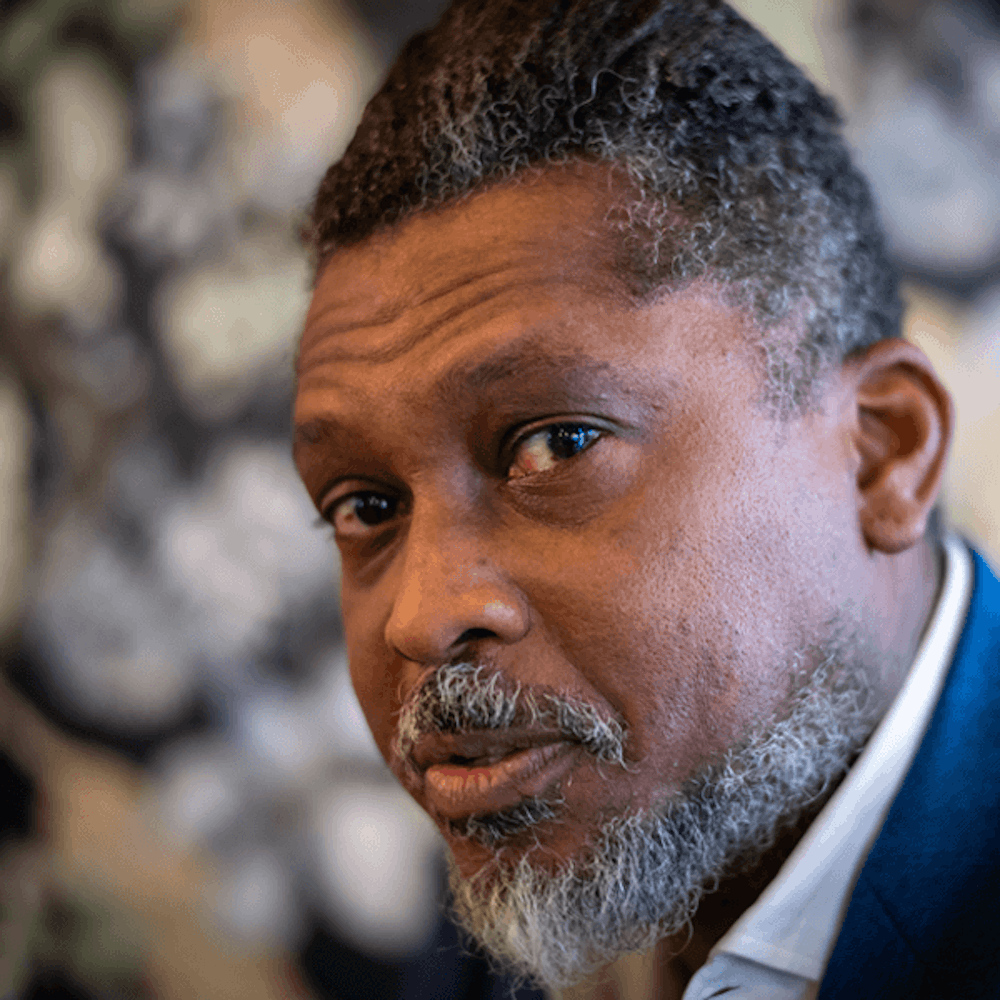


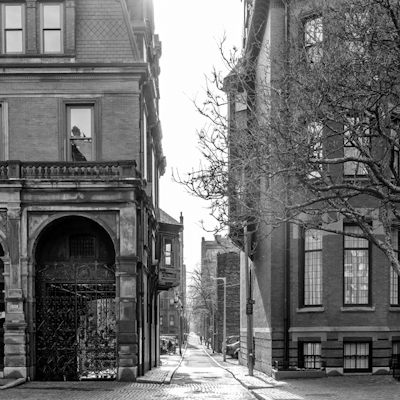
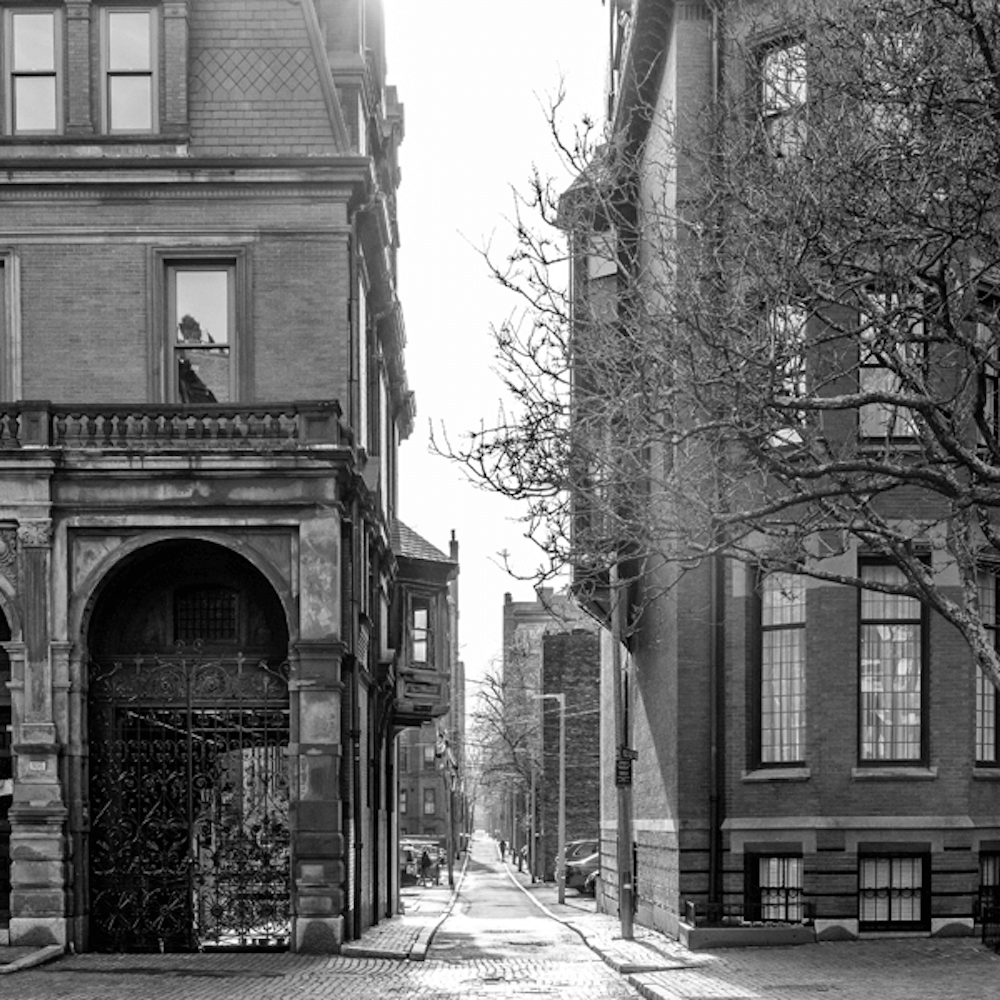
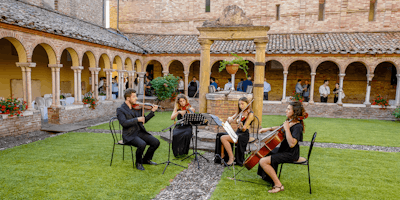
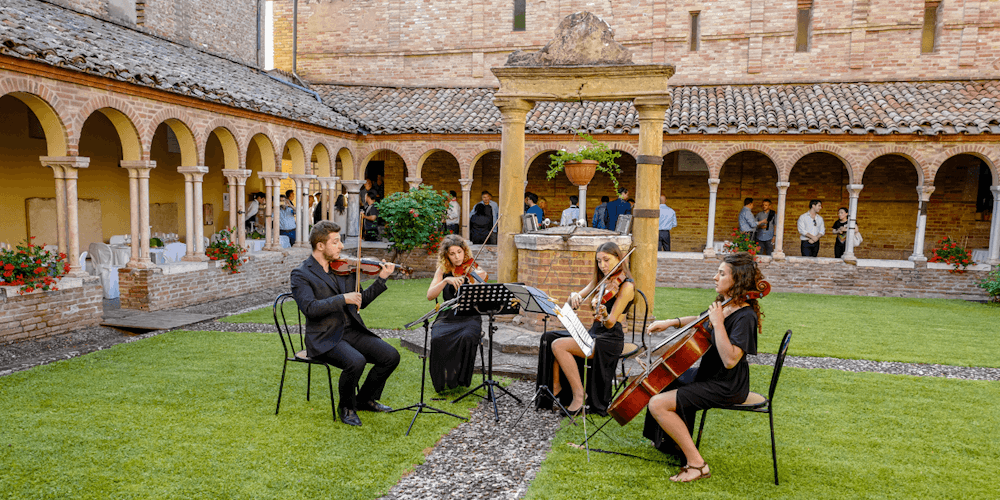

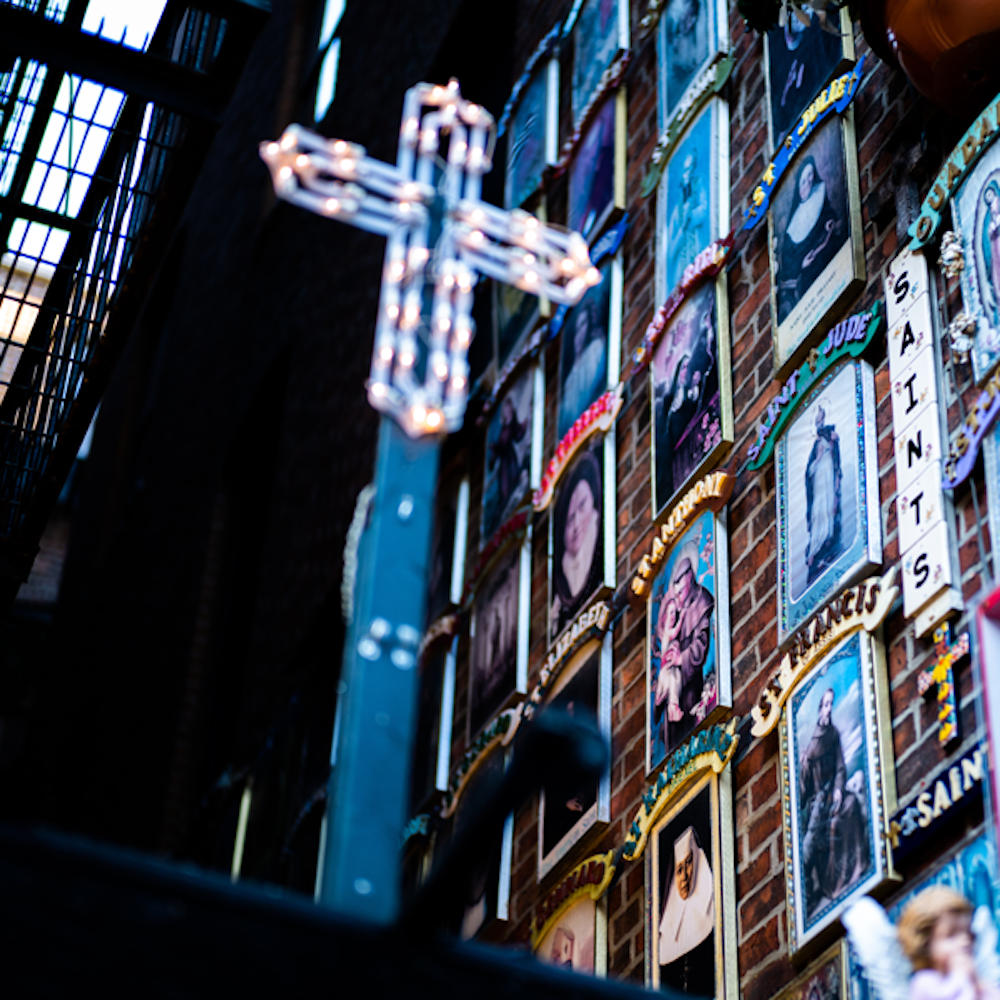
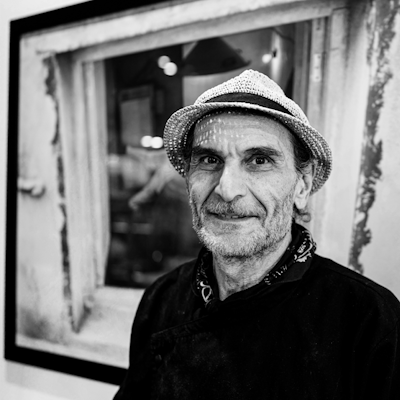
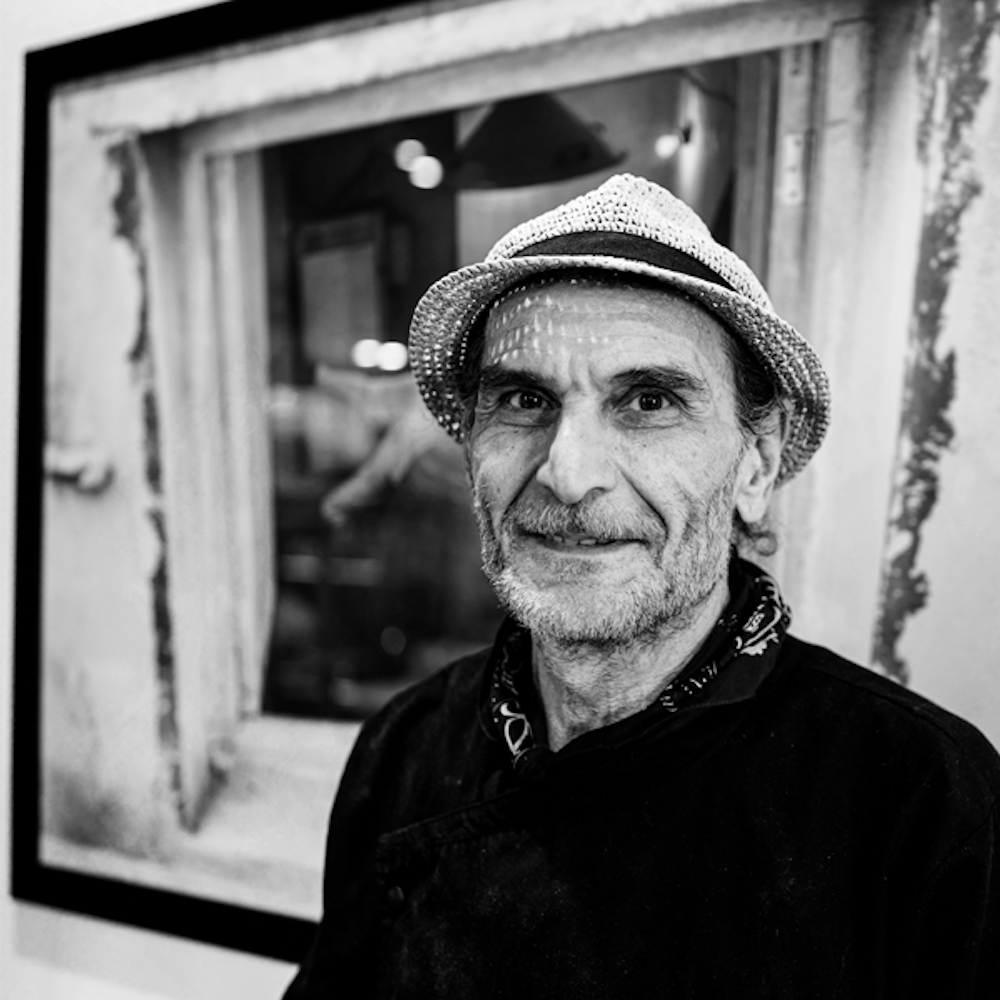
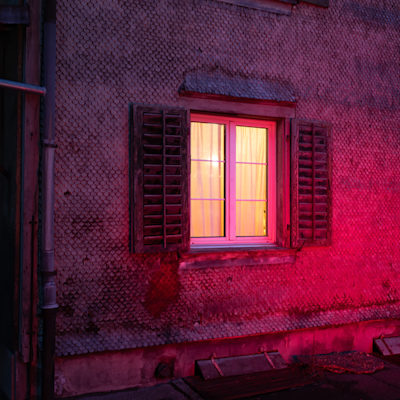
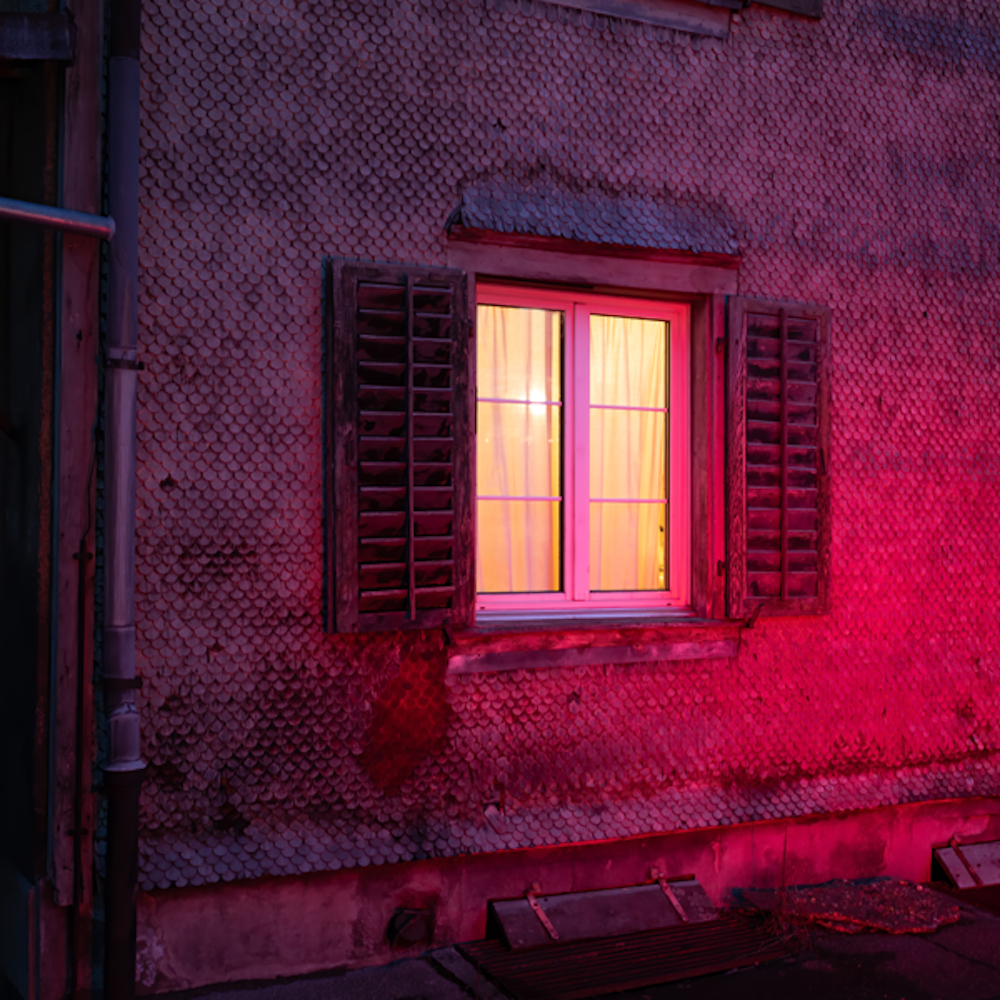
On an average day, Malament says he “will shoot 10 or 15 photographs—a sunrise or the buildings going up all around me in Boston.” He adds that the stillness he’s noticed in the wake of COVID has really allowed him “to shoot some pretty extraordinary photographs.”
When he’s done shooting, Malament edits the photos in Lightroom, sending four or five images to members of his inner circle, as a means of staying in touch. While Malament says he’s energized by being able to use his passion for photography in both his personal and professional lives, he admits there are still some photography challenges he’s eager to tackle—specifically shooting landscapes in Iceland and the Antarctic.
“I honestly just like the experience of going wherever I go and wearing my camera,” says Malament. “Whenever I go out, I wear my camera and my lens.”
For those eager to begin taking photographs of their own, Malament says that finding a mentor and shooting a wide variety of subjects are among the best ways to discover what moves you as an artist so that you can hone your craft.
"Photograph people when they’re happy, and maybe when they’re not so happy. Take photographs of people and their experiences in their lives,” says Malament. “It’s guaranteed you’ll make them happier."
 By: The New Dentist
By: The New Dentist
